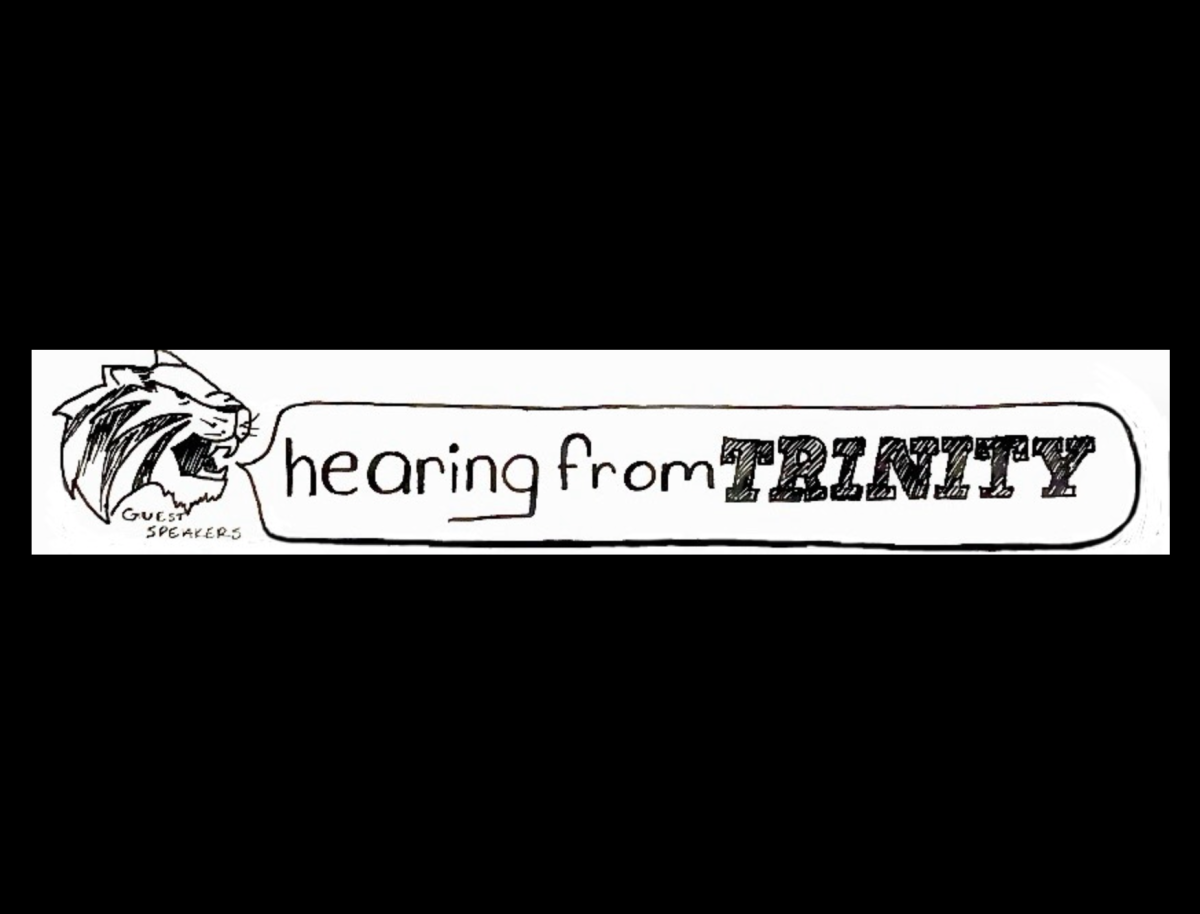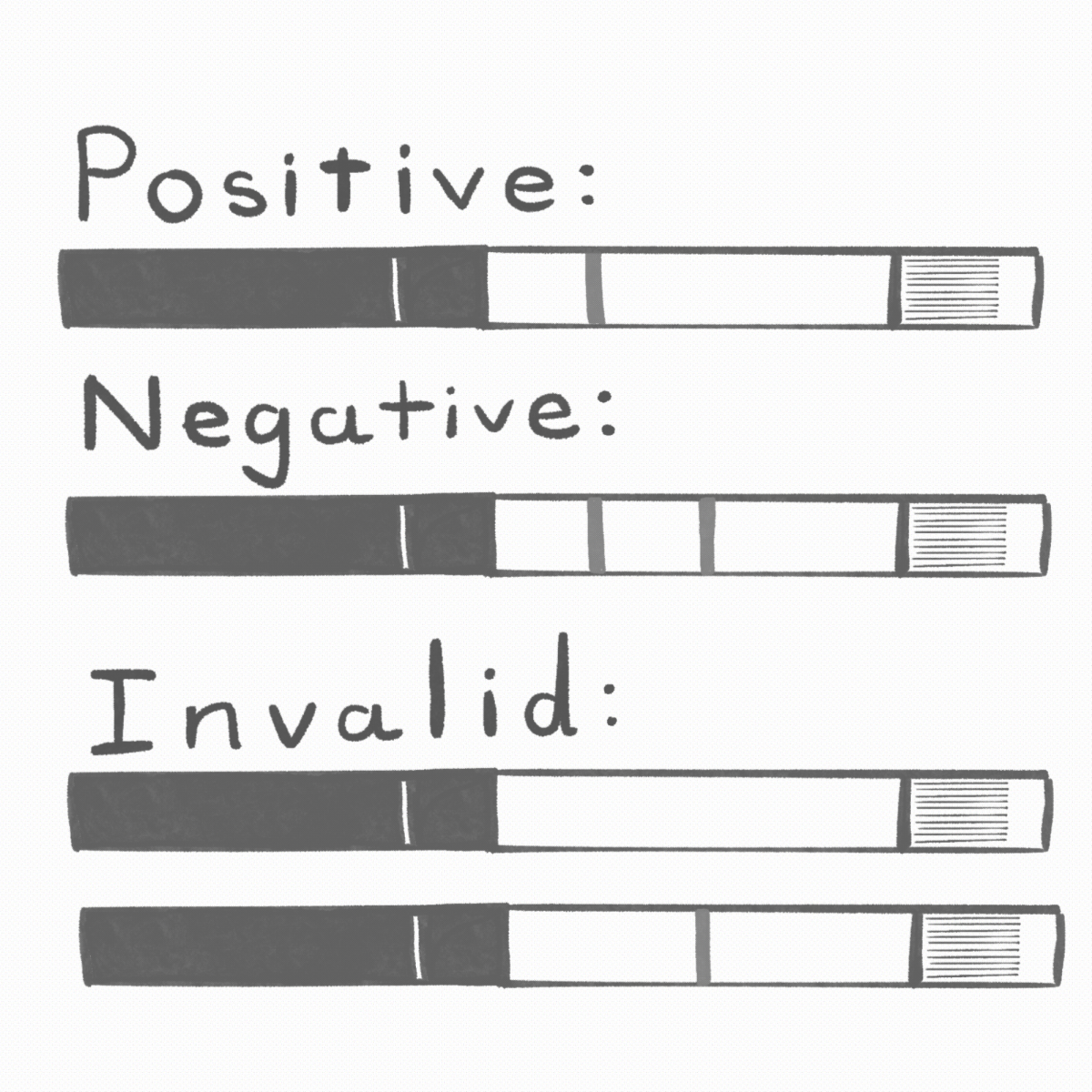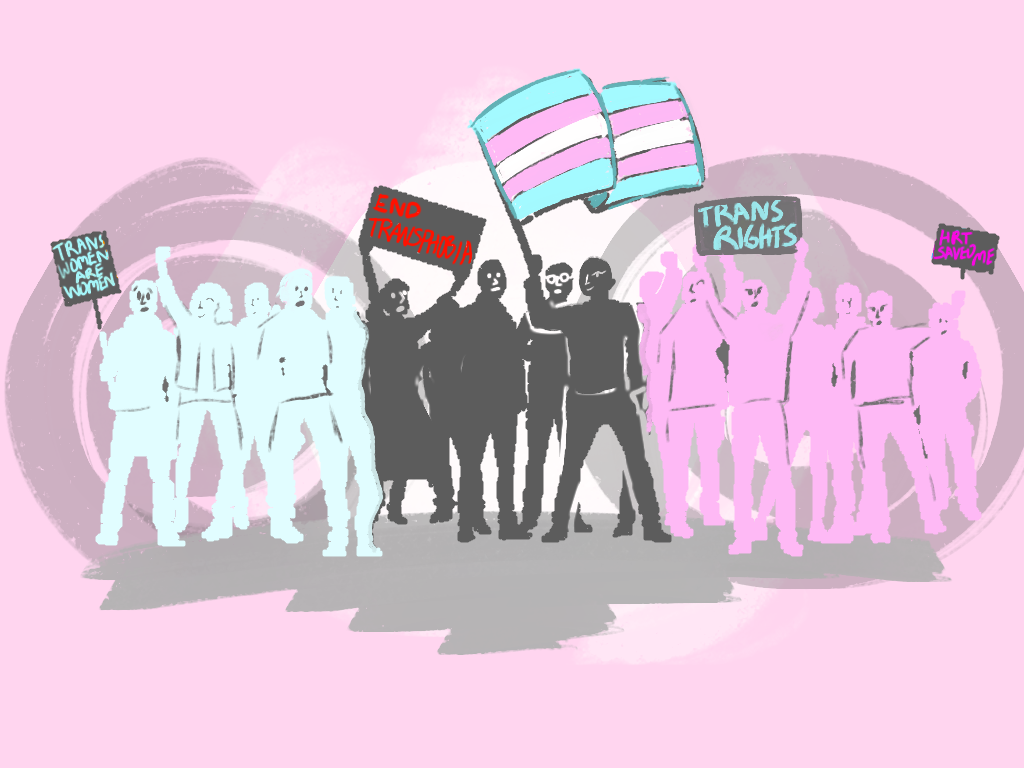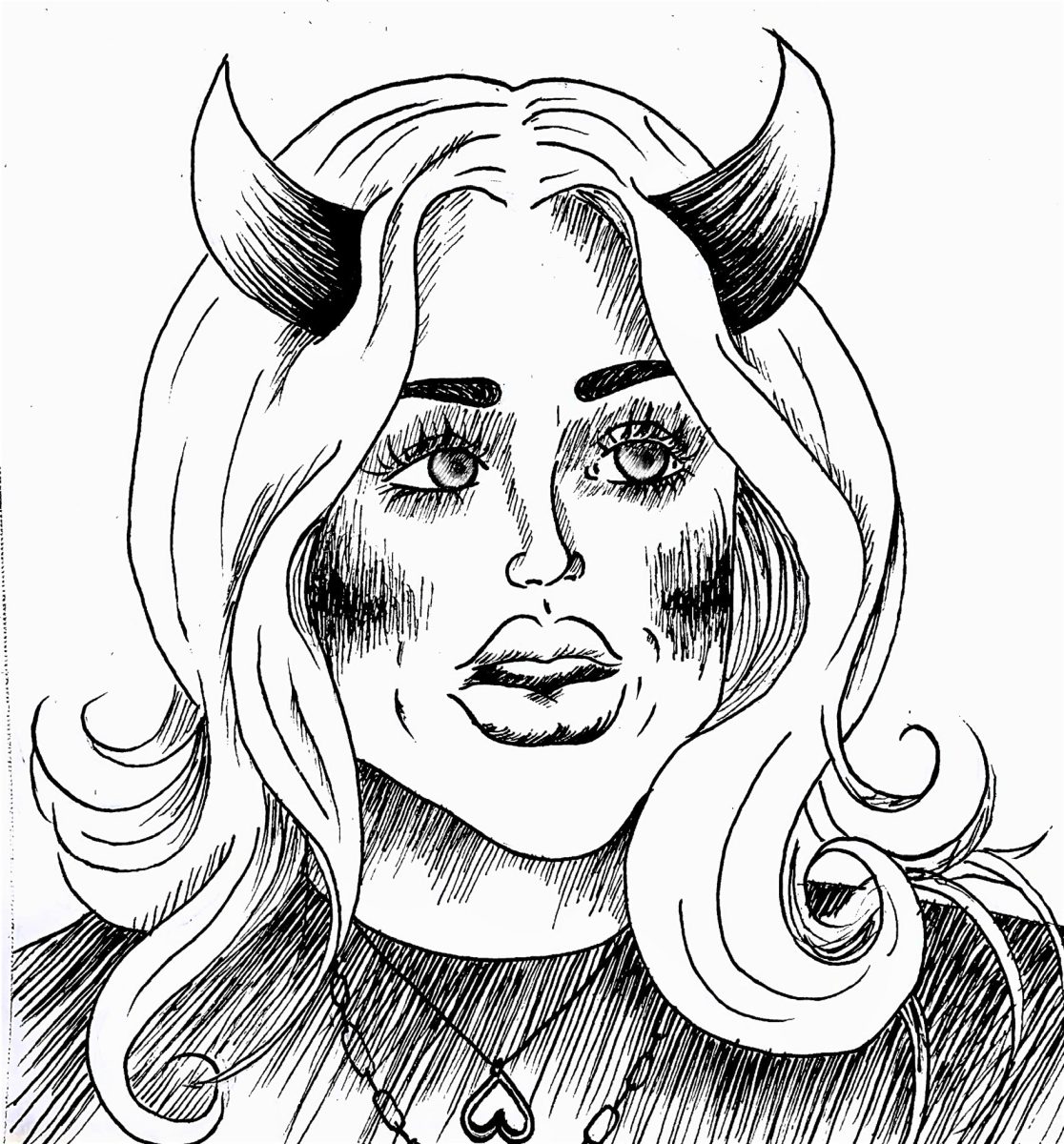Hate crime laws are a divisive issue because they create a direct conflict between civil rights and free speech. On the one hand, hate crime laws are designed to punish behavior that demeans and stigmatizes certain groups, particularly minorities. On the other, the First Amendment free speech clause of the United States Constitution protects unpopular expression, even signs and symbols that may be unpalatable. Associate Justice Harlan muses in Cohen v. California (1971) that “one man’s vulgarity is another’s lyric.”
Penalty enhancement statutes are a part of the hate crime law movement. They increase the sentence for those who commit crimes that target someone of a particular race, religion, ethnicity, disability or sexual orientation (among other reasons). In Wisconsin v. Mitchell (1993), the Supreme Court of the United States unanimously decided that penalty enhancement statutes do not offend the First Amendment’s free speech clause and, thus, are constitutionally permissible. The Court rejected the notion that such laws have a stifling effect on free speech. Rather, the Court held that penalty enhancement laws protect against the “negative secondary effects” of the crime, such as retaliatory crimes. The Court, moreover, points out that the motivation behind a crime is an important factor in determining punishment. Pre-meditated murder, for example, is treated differently than manslaughter by every state.
The facts of Wisconsin v. Mitchell are particularly interesting because it juxtaposes the issue by applying a penalty enhancement statute to the racial minority instead of the majority. Todd Mitchell and several of his other African American friends were inflamed after discussing a scene in the movie “Mississippi Burning” in which a white man beat an African American boy who was praying. Todd Mitchell urged his friends to take out their racial aggression on the next Caucasian person they saw by asking, “Do you feel hyped to move on some white people?” The group observed Gregory Reddick, a Caucasian fourteen year old, walking across the street. Mitchell and his friends then attacked Reddick and proceeded to punch and kick him for over five minutes. When Reddick was discovered, he was in an unconscious state. Reddick was in a coma in the hospital for four days, but he later made a full physical recovery.
Under Wisconsin law, Mitchell was convicted and sentenced to two years for aggravated battery. But, based on Wisconsin’s penalty enhancement law, Mitchell also received an additional two years in prison since the crime was racially motivated. In essence, Mitchell is getting two additional years punishment for his racial thoughts. He is already being punished for his action. More intriguing is that the Supreme Court held that a member of a white supremacist group could not be punished for his beliefs or associations the year before in Dawson v. Delaware (1992). Whether the Supreme Court’s decision is arbitrary based on the race of the defendant because Mitchell is African American and Dawson is Caucasian is only part of the issue. There is also a long line of Supreme Court precedent that allows individuals to express unpopular beliefs under the First Amendment’s free speech clause: a Neo-Nazi group was permitted to peacefully demonstrate in a suburban town where the majority of citizens are Jewish and an inordinate number are concentration camp survivors of World War II (Nationalist Socialist Party v. Skokie (1977)), a disgruntled citizen could burn an American flag in protest to Republican policies (Texas v. Johnson (1989)) and a white supremacist was allowed to burn a cross on an African-American’s lawn (R.A.V. v. City of St. Paul (1992)). A cornerstone of our Constitution is to vigorously protect freedom of ideas, especially expression from a despised minority. While it should be permissible for states to pass laws that increase the punishment for crimes based on the defendant’s motivation, those laws should not contravene the First Amendment’s free speech clause.
John Hermann is a professor in the department of political science.






Vasco • Nov 9, 2012 at 10:44 am
“Let there be no mistake about our belief that burning a cross in someone’s front yard is reprehensible. But St. Paul has sufficient means at its disposal to prevent such behavior without adding the First Amendment to the fire.”
– You don’t have the right to burn anything on someone else’s lawn without their permission. The Supreme Court was striking down a specific law because of the way it was worded, and it’s obvious that the teenager could have been prosecuted for other crimes like trespass, or even a minor form of arson.
Later, the Supreme Court upheld a Virginia ban on cross burning that is used to intimidate (2004).